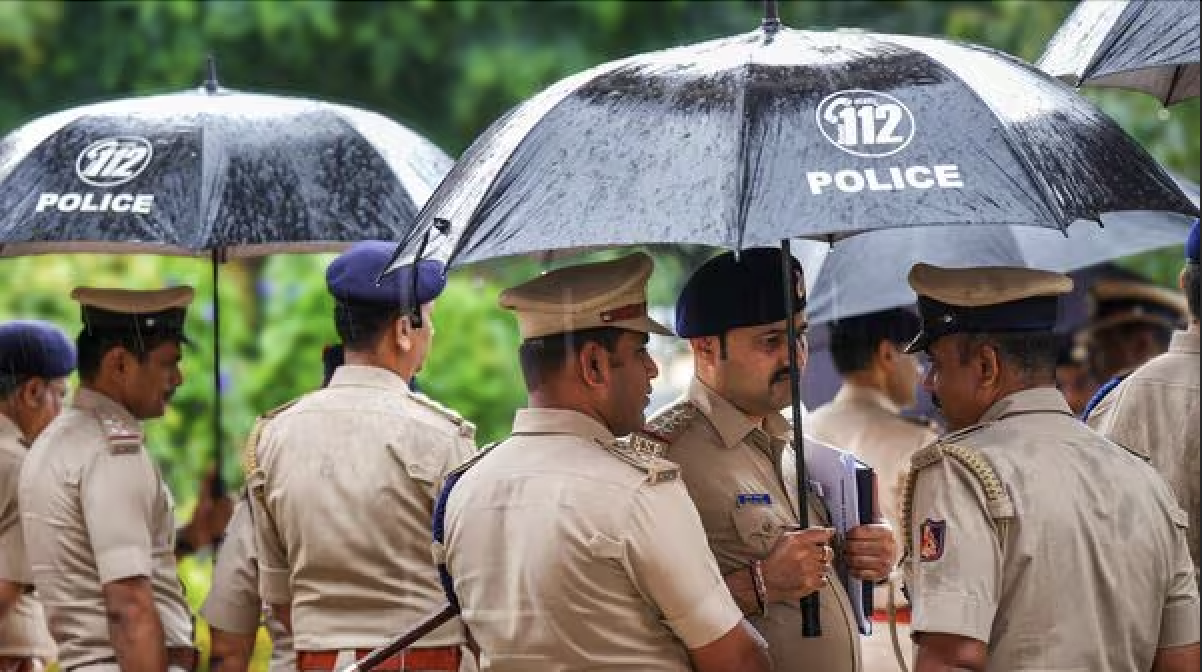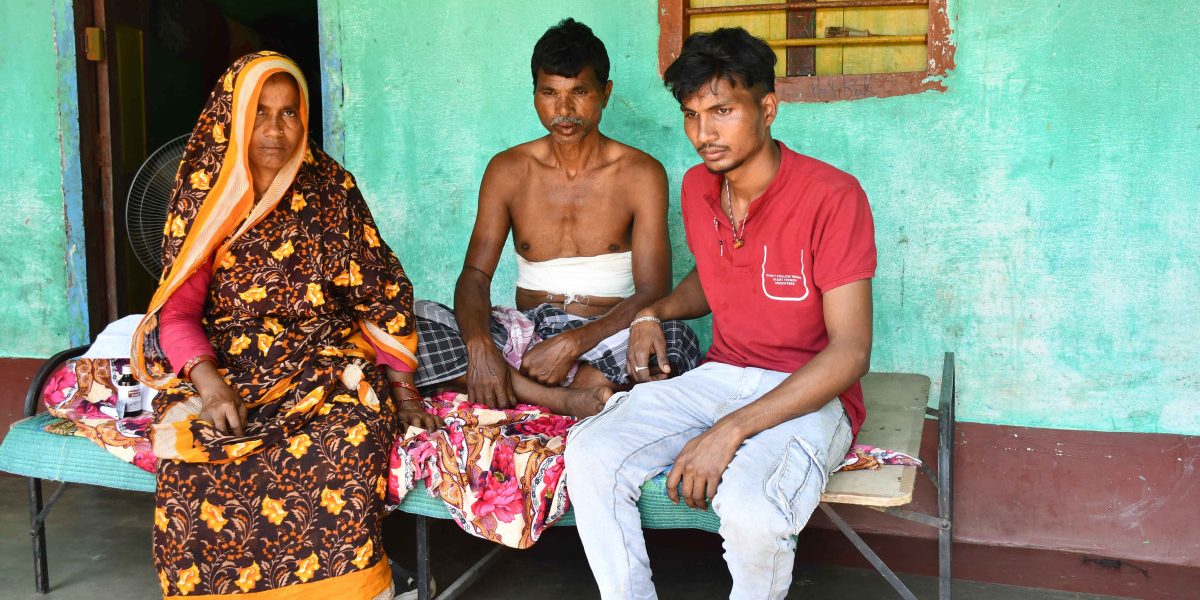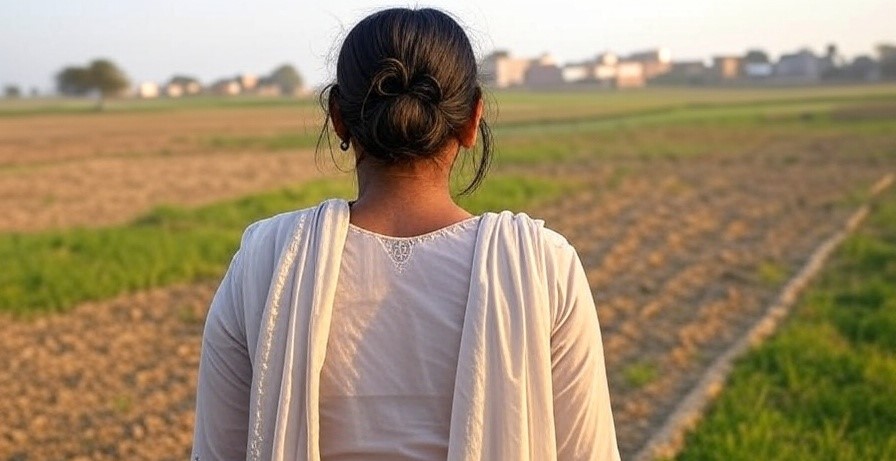By Shivasundar
In this Modi-yug (era), where Hindutva Brahmanical majoritarianism is subverting the Indian constitution by reinterpretation and distortion, the unanimous verdict of the Supreme Court’s constitutional bench upholding the abrogation of Article 370 and the convoluted logic it offers to justify its concurrence with the political acts of Modi should be a matter of great concern to people who care about India’s future as a secular, democratic and federal republic.
And if the similarity of the judicial logic and other self contradictory judicial premises that the top court offered in the Ayodhya judgement – another political agenda central to the Hindutva right – is considered, the questions become more fundamental.
Both the Supreme Court benches that adjudicated the Article 370 case and the Babri Masjid case were constitutional benches of five judges led by the Chief Justice of India (CJI), then and now. The rest of the bench in both the cases consisted of the senior most in the apex court who were in line to become CJIs except for Justice N.V. Ramana in the Babri Masjid dispute.
Both the cases were of utmost importance to the ideological project of Hindu Rashtra (nation) of the present regime.
In both the cases, the Hindutva forces had achieved their goals partially and in a de-facto manner, the judicial verdicts gave them a final and a de jure closure in their favour. Through these verdicts, the apex court normalised the most abnormal and constitutionalised the most unconstitutional while providing judicial legitimacy to the idea of a Hindu Rashtra.
Since, in both the cases, the bench constituted the cream of the Indian judiciary and the verdict was unanimous, their judgements cannot be considered either as an aberration or exceptional.
This story was originally published in thewire.in. Read the full story here .






